By ATC Staff
What Ridgerunners in the Great Smoky Mountains Wish Hikers Knew About Their Section
April 24, 2025
Earlier this year, Ridgerunners in Georgia shared what they wish hikers knew before setting out on the southernmost section of the Appalachian Trail, from respecting the difficult terrain and being prepared for unpredictable weather. Now, we’re heading north to Great Smoky Mountains National Park.
Known for their stunning vistas, high peaks, and incredible biodiversity, the Smokies also come with their own unique challenges. That’s where the Smokies Ridgerunners, James, Collin, and Claire come in. These trained educators and stewards spend a season on the Trail to educate hikers, protect the landscape, and help everyone have a safer and more informed experience. Here’s what they want you to know before stepping into one of the most iconic stretches of the A.T.
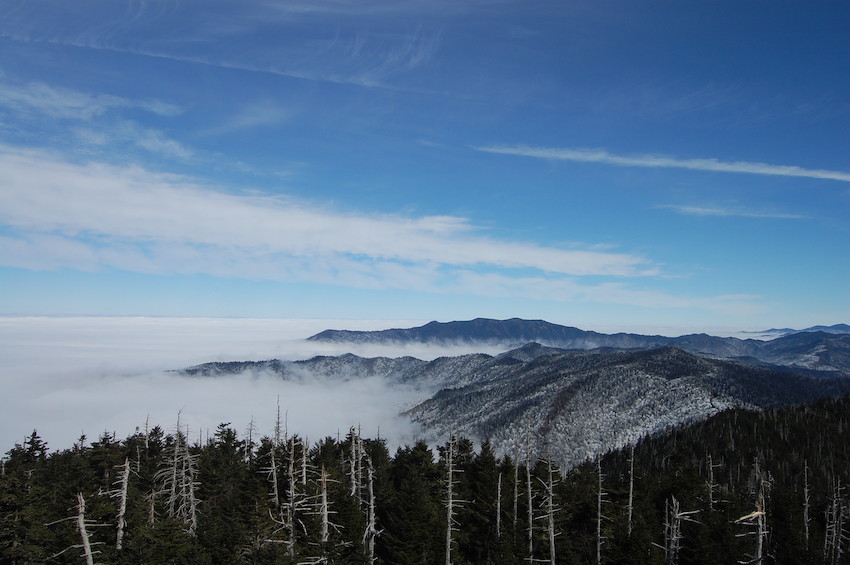
James
“Be aware of special logistical challenges in Great Smoky Mountains National Park. Thru-hikers should pack extra food when they enter the Smokies, since Newfound Gap Road, which serves as the only spot to get to town for a resupply, can close suddenly due to winter conditions or high winds. Some hikers find it helpful to carry enough food to get them through the entire 72-mile stretch of the A.T. in the park.”

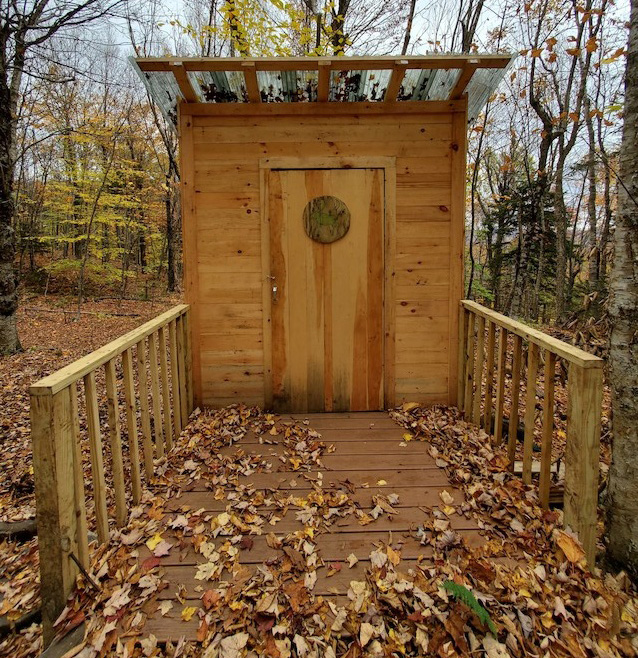
Collin
“Here in the Smokies, we have wonderful moldering privies that we keep pristinely clean and well maintained. They don’t smell and they function perfectly as long as only a handful of mulch, toilet paper, and poop go in. Trash, clothing, and wipes all inhibit the decomposition process. Unfortunately, wipes are now creatively marketed as “flushable,” “plant-based,” or “biodegradable,” which is very much not the case in a privy.
When Ridgerunners clean these bins out, we remove an average of 20–25 lbs. of trash (mostly wipes). Yes, we actually dig through the privy bins and remove all the garbage. In ideal conditions, the rest of the material decomposes to just dirt. So, please prepare ahead of time and store a re-sealable bag for your wipes to pack them out. Thank you for helping us keep our privies clean and working properly!”
Claire
“I’d love to highlight the biodiversity of the Smokies! Not only does the national park have thousands of species of flora, fauna, and fungi, it is home to a very special kind of forest. Starting just north of the Silers Bald shelter, northbound hikers enter a Southern Appalachian spruce-fir forest for the first time. Often mistaken for a pine forest, it is one of the most endangered ecosystems in the eastern U.S., home to several species of plants and lichens that exist exclusively within the boundaries of the national park.
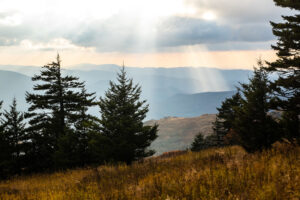
Photo by Horizonline Pictures
There are two conifer species in this ecosystem: red spruce and Fraser fir, a popular Christmas tree species that is native to southern Appalachia and nowhere else. It dots the Roan and Grayson Highlands as well, but the Smokies has the largest swath of this special forest on the A.T. It is also home to flora and fauna like golden-crowned kinglets, hermit thrushes, shining clubmoss, and more that hikers won’t encounter again until they are well into New England! Understanding the uniqueness of this place is a great reminder to leave no trace by staying in shelters on the Trail, choosing not to have a fire while you’re in the park, and never burning or tossing your trash or food scraps. (Plus, Kuwohi and Newfound Gap have nice, voluminous trash cans for you to toss your trash along the way.)”
Whether you’re planning a day hike in Great Smoky Mountains National Park or thru-hiking the entire A.T., learning from Ridgerunners is one of the smartest steps you can take to have a safe and enjoyable experience. As we’ve seen in both Georgia and the Smokies, Ridgerunners offer vital insights, from practical planning tips to deeper reminders of the Trail’s ecological and cultural value.
Ridgerunners help keep the A.T. resilient, beautiful, and welcoming for all. Learn more about the Ridgerunner program and how you can support or even join this essential effort:
Discover More
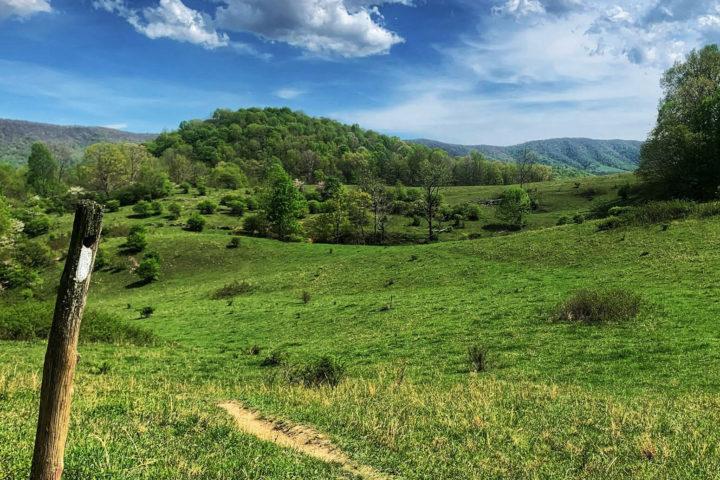
Plan Your Visit
Explore by State
Learn more about each of the 14 states the Appalachian Trail passes through, from cool facts to essential information for your next hiking trip.
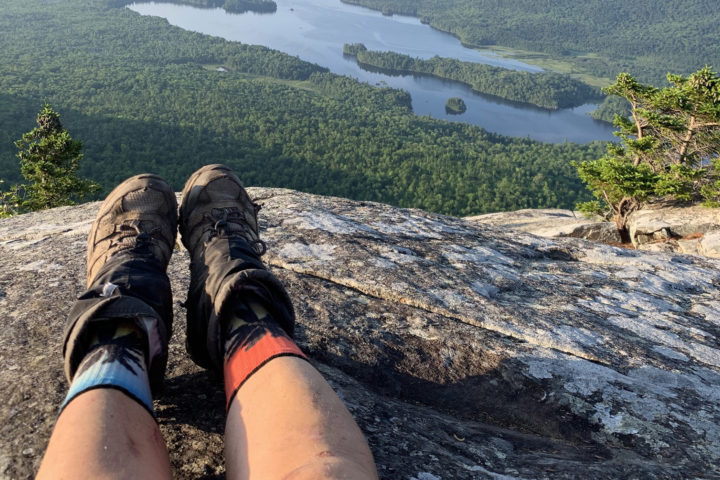
BACK TO THE BASICS
Leave No Trace
Wondering how you can take care of outdoor places like the Appalachian Trail (A.T.)?
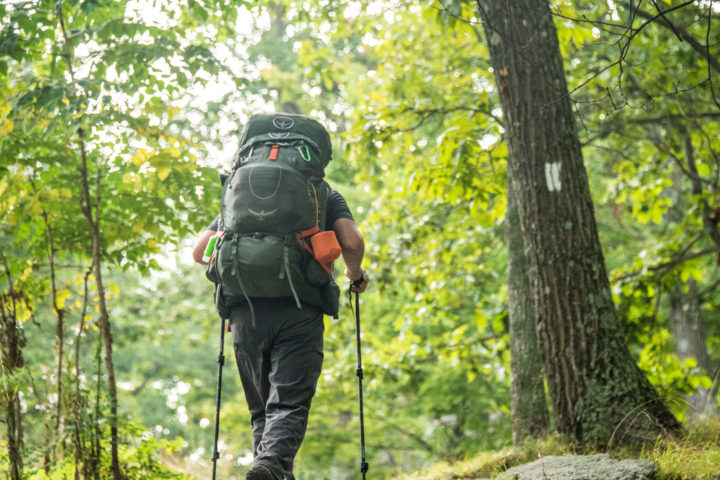
Hiking Basics
Plan and Prepare
Hiking even just a portion of the Appalachian Trail is the adventure of a lifetime, but you’ll enjoy that adventure even more if you’re prepared.
